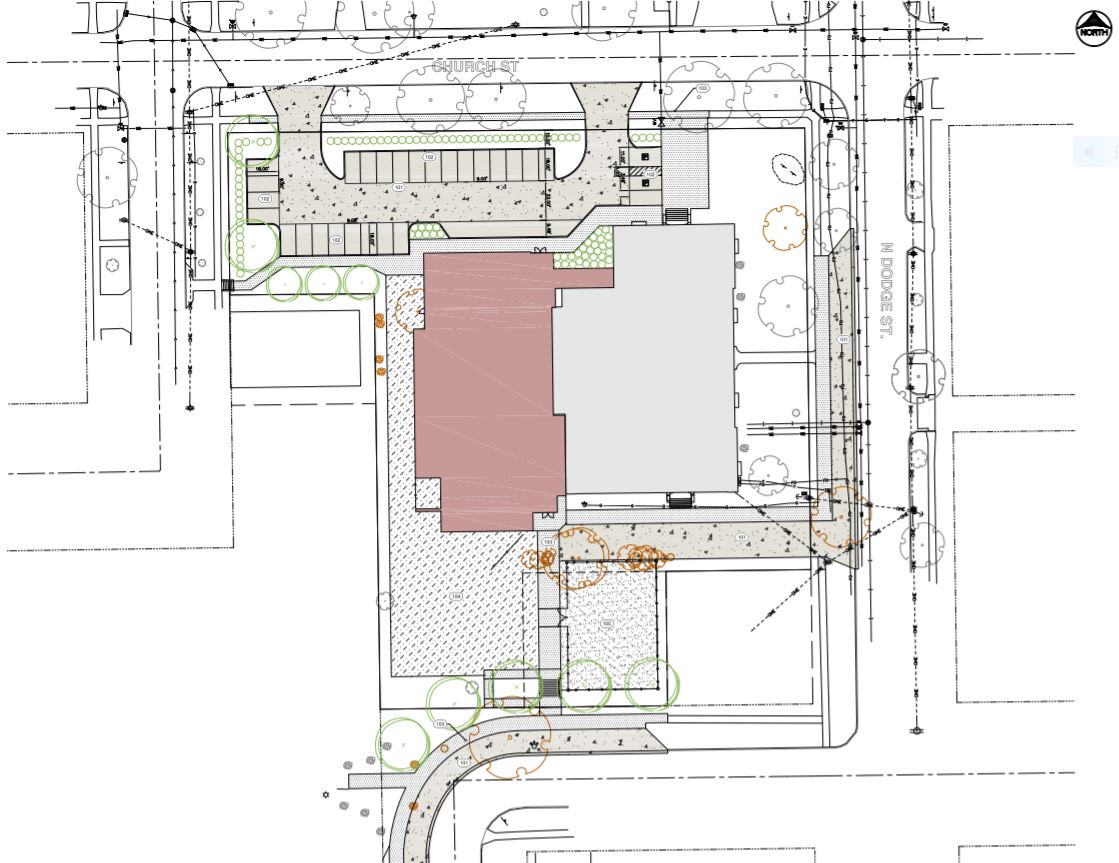I was reminded of that incident this week by candidate Janet Godwin’s remarks when asked about keeping neighborhood schools open (full context here):
The thing is that if we are able to expand City High, we’ll be bringing back career tech education to City High. We will be bringing forward automotive, engineering, architectural work, other kinds of construction, engineering, etc. Those sorts of programmings are going to be coming back to City High, and the principal at City High, working with the administration, is already outlining those plans.Reader: There is nothing in the bond proposal, and nothing anywhere in the facilities master plan (FMP), about new career and tech facilities at City High. It’s not even in the September Surprise 2015 City High Preview! During the many board meetings and work sessions leading up to the bond proposal, not a word was spoken about such a plan, though board member Phil Hemingway kept trying to raise the topic of career and tech. The district has made it very clear that it cannot even publicly identify what the Hoover land will be used for. Moreover, any plan to change the City High project to add automotive, engineering, architectural, and construction facilities would almost certainly affect both the project’s price tag and its effect on the building’s capacity rating—which means (in theory, at least!) it couldn’t happen just on the administration’s say-so without formal board action.
It’s bad enough when bond proponents act like the facilities master plan is incorporated into the bond ballot language. (It’s not.) It’s even worse when they start discussing “plans” that aren’t even in the FMP. Still, I suppose it’s mildly encouraging that this year’s unsupported assertions focus more on career and tech than on parking and baseball.
UPDATE: Well, that didn’t take long. Right on cue, prominent bond supporter Mary Kate Pilcher Hayek asserts that she has a map showing where career and tech and athletic facilities will go on the City High site.
UPDATE #2: I was naturally curious about this, so I emailed the superintendent:
Hi, Steve. I notice that Mary Kate Pilcher Hayek says she has a map showing where career and tech and athletics facilities will go on the City High/Hoover property. She seemed to say that it was a district document. Is there such a document? If so, how do I square that with the response you gave me in May saying that the district would not be able to answer that question until after the first series of bonds is issued?His reply:
Thanks for any information,
Chris Liebig
Good Evening Chris
I am unaware of any map with any such designations.
Steve

